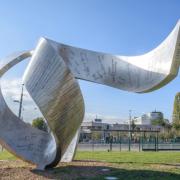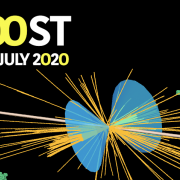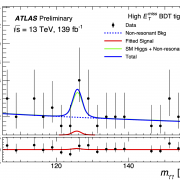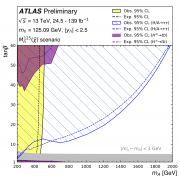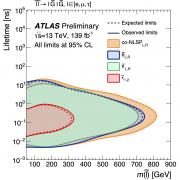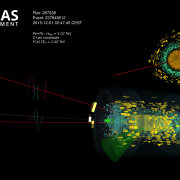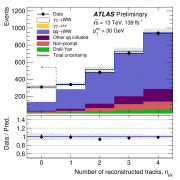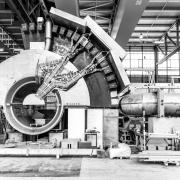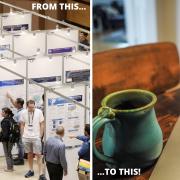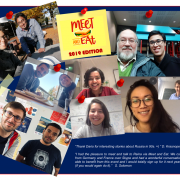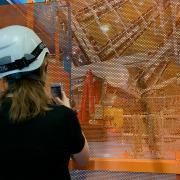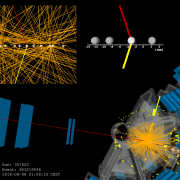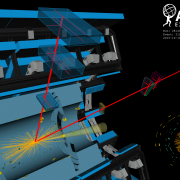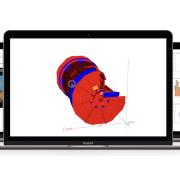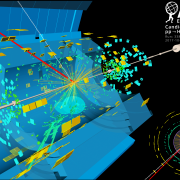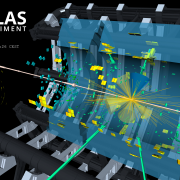Access to Collaboration Site and Physics Results
Updates tagged: “ICHEP2016”
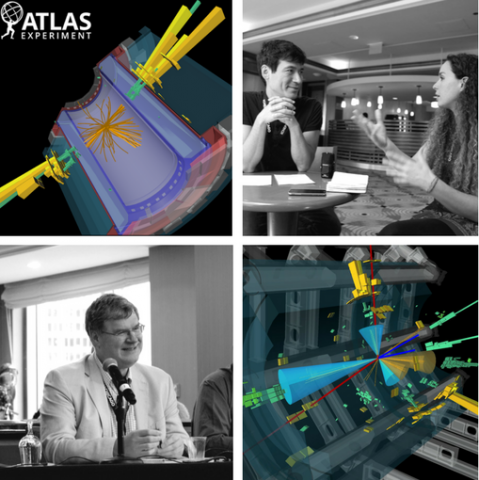
ATLAS highlights from ICHEP2016
The International Conference on High Energy Physics (ICHEP) wraps up its 38th edition today in Chicago. For ATLAS, it brings to a close an intense period of analysis. The collaboration presented 64 new sets of results at the conference, ranging from detector performance studies to measurements of Standard Model processes to searches for new physics. All in all, a rather stellar turnout.
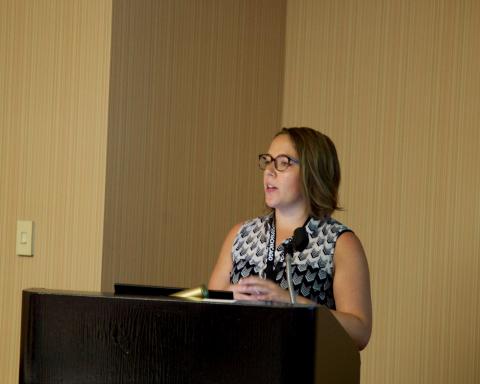
ICHEP results presented with style!
For those of you with an affinity for Twitter, you’ll know that the ICHEP press crew have been utilising all of their dark arts to bring you the most interesting results as they’re presented at ICHEP 2016.
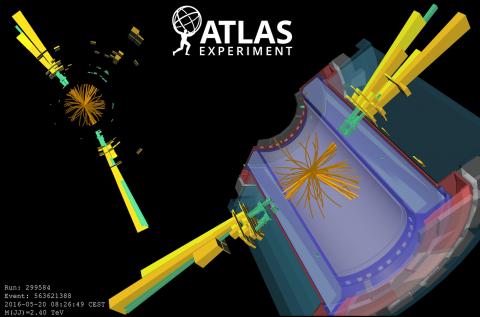
Hunting for new physics with boosted bosons
The Standard Model is a tremendously successful theory that describes our best understanding of elementary particles and their interactions, and even predicted the existence of the Higgs Boson. It does not however explain ~95% of the known universe – including dark matter and dDark energy – and does not include a description of gravity.
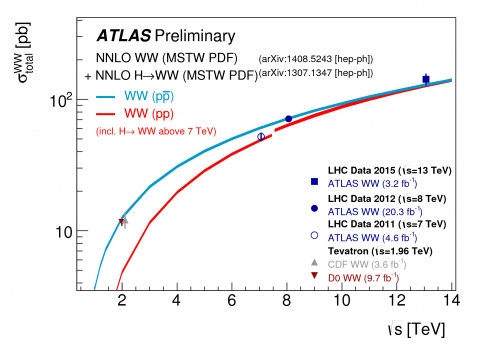
Double the bosons, double the excitement
ATLAS has performed measurements of boson-pair production using data from 13 TeV proton-proton collisions that began in 2015. The cross-section (a measure of the production frequency) of the WW boson pair production was measured and was compared to a previous measurement in 8 TeV collisions.

High-mass di-photon resonances: the first 2016 ATLAS results
One of the highlights of last year’s physics results was the appearance of an excess in the search for a new particle decaying into two photons ("the di-photon channel"). New results in this channel were presented at the ICHEP conference in Chicago on Friday, 5 August.
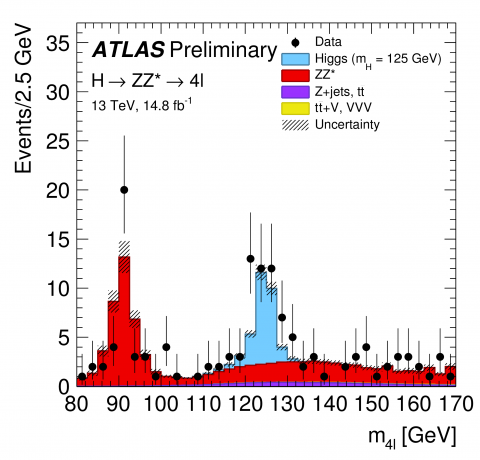
ATLAS observes the Higgs boson with Run 2 data
The LHC’s jump in energy to 13 TeV in Run 2, together with the copious amount of collisions delivered over the last 12 months, has allowed the ATLAS experiment to collect a data sample that is more than equivalent to the one collected during Run 1.

Further progress in the quest for SUSY particles
ATLAS physicists have been eagerly searching the collected data for evidence of the production of the supersymmetric top quark (squark). Recent ATLAS results feature five separate searches for this elusive particle.
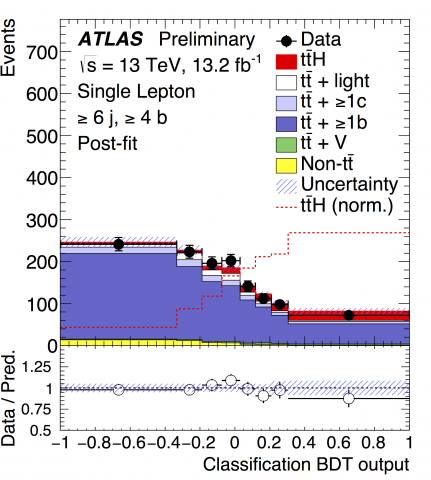
Hunting the origin of the top quark’s mass
The ATLAS experiment has been searching for the process in which a pair of top quarks is produced, where one is a “virtual” particle that emits a Higgs boson on the way to becoming a “real” particle. This process is referred to as ttH production after the particles that are produced.

Searching for new phenomena in final states with missing momentum and jets
The nature of dark matter remains one of the greatest mysteries in physics. While extraordinary, the Standard Model can not explain dark matter, whose existence is well established by cosmological measurements.
.png%3Fitok=iPhT15--)
New ATLAS results to be presented at ICHEP
Results using record-breaking 2016 data will be presented at the International Conference on High Energy Physics (ICHEP) in Chicago, 3-10 August.


